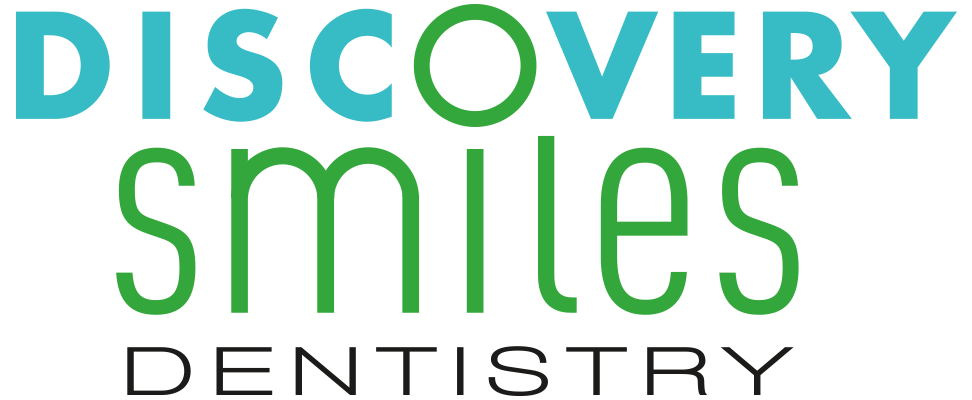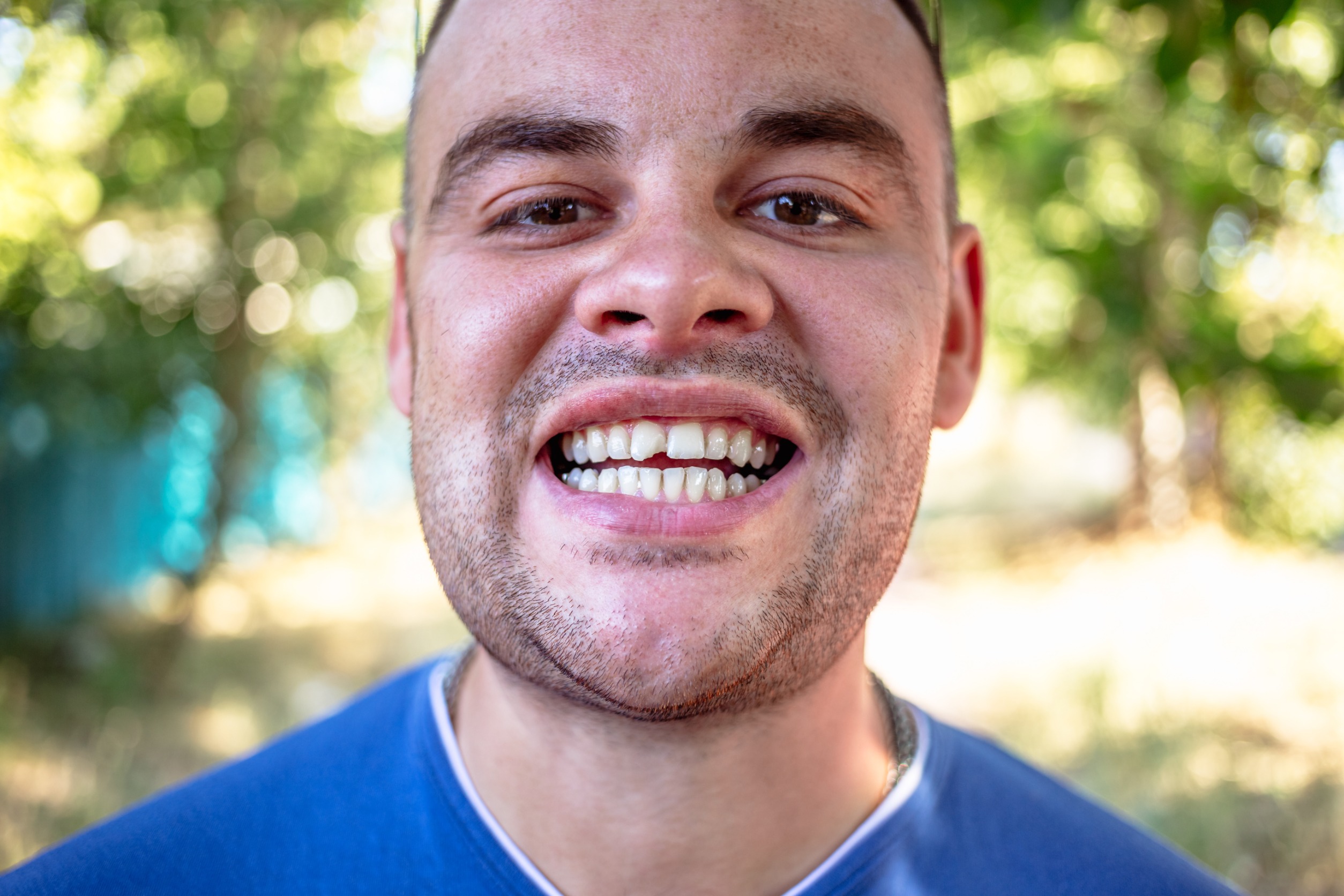
I chipped a tooth. What should I do?
Posted on Jun 15, 2023
If you’ve chipped a tooth, it’s important to have it evaluated by a dentist as soon as possible, especially if your chip has exposed the underlying nerve resulting in sharp pain. Luckily, many chips result in no pain at all, but it’s still a good idea to see a dentist to rule out any underlying causes and to repair the tooth.
If you can’t get in to see a dentist immediately, keep your mouth clean by rinsing with warm water. For pain, you can use over-the-counter pain relievers or numbing gels. There are also over-the-counter kits containing dental wax to help protect your mouth and tongue if your chip has sharp edges.
A chipped tooth doesn’t grow back. It needs to be restored. Treatment depends on the cause and the size of the chip. Small chips may only need smoothing and polishing. Larger chips may need a filling or crown to restore the original appearance. If the chip has exposed the nerve, a root canal may be needed before the filling or crown is put on.
Cavities, grinding your teeth, and thinning tooth enamel are some examples of underlying causes for chips. Addressing these problems early is a smart way to head off future problems. Solutions could be as simple as better dental hygiene practices or, in the case of grinding, a tooth guard you wear while sleeping. For sports, consider a mouth guard. And of course, be careful when chewing or crushing hard items like ice or certain candies. If your teeth are already compromised, be doubly careful or avoid these items altogether.
Anyone can have a chipped tooth. But with a little care and good hygiene, you may never have one!
Ready to book your next dental appointment at Discovery Smiles? Call us at 520-721-2000.
Previous Blog Article

Silver amalgam or composite?
Posted on Dec 01, 2022
When it comes to fillings, silver amalgam and composite are the two most commonly used materials.
Silver amalgam is made from silver, tin, mercury and copper. It’s silver in color. This type of filling has been in use for a long time. The use of mercury when mixed with the other metals has been deemed safe by the American Dental Association and many other medical organizations. Silver amalgam is the least expensive filling option and also one of the most durable.
Composite fillings are composed of plastic and resin material. When the composite material is placed into the cavity, it’s soft. The dentist uses a special, bright light to cure (harden) the filling. Composite filling is a bit more expensive than silver amalgam, and doesn’t last quite as long, on average, but it can be matched to your tooth color. That’s a definite cosmetic advantage for filling areas that are visible when you’re talking, smiling or laughing.
There are other options for fillings including gold and ceramic, but they are generally more expensive and not used as often.
Happy Holidays from all of us at Discovery Smiles! Enjoy the sweet treats and remember to brush and floss!
Ready to book your next dental appointment at Discovery Smiles? Call us at 520-721-2000.
Previous Blog Article

What is Bruxism?
Posted on Nov 01, 2022
Bruxism is a condition where you grind or clench your teeth in your sleep. Over time, it can lead to jaw muscle pain, chipping of teeth, wearing down of tooth enamel (leading to tooth sensitivity), and damage to crowns and fillings.
It’s possible you don’t know that you have bruxism, but dentists can usually detect the signs during a dental examination. Sometimes, a partner will hear the sound of your teeth grinding at night.
Other people do notice that they wake with clenched teeth, a headache, sore jaw muscles, or other signs of bruxism.
The causes of bruxism aren’t completely understood. It could be due to a combination of physical and psychological factors like stress and anxiety. Genetic factors may also play a role as it often occurs within families. Certain disorders like sleep apnea can also be related to this condition. Consult with your doctor if you think you might have bruxism.
A dentist can determine whether a custom-made mouth guard is appropriate for protecting your teeth at night.
Happy Thanksgiving from all of us at Discovery Smiles!
Ready to book your next dental appointment at Discovery Smiles?
Call us at 520-721-2000.
Previous Blog Article

What to do about Tooth Sensitivity
Posted on Oct 01, 2022
Tooth sensitivity is tooth pain you experience when you consume hot or cold foods or drinks, or breathe through your mouth.
One reason for sensitivity is loss of tooth enamel. This can be caused by brushing too hard or too long over time. Acidic foods also damage tooth enamel.
Another reason for sensitivity is gum recession which is caused by gum disease, a toothbrush with hard bristles, smoking, or simply the genes you inherited.
Whitening treatments can also cause temporary sensitivity.
To counteract sensitivity, try a toothbrush with softer bristles and use it gently. Swish your teeth with water after consuming acidic foods and drinks. For more immediate relief, try using a toothpaste specifically formulated to cut down on sensitivity.
As always, continue to brush, floss and get regular dental cleanings and checkups.
Ready to book your next dental appointment at Discovery Smiles?
Call us at 520-721-2000. Call us at 520-721-2000.
Previous Blog Article

How can I keep my teeth white?
Posted on Sep 11, 2022
It helps to know why your teeth become stained in the first place. First of all, there’s the food you consume. Below are some of the worst foods for causing stains.
Tea and coffee.
Cola drinks.
Red wine.
Tobacco.
Dark fruit juices such as cranberry, blueberry and grape.
Tomato sauces.
Curry.
Dark, balsamic vinegars.
Soy sauce.
Berries.
Beets.
Certain dye colors used in candies and other sweets.
Another form of “stain” is actually caused by the wearing down of your tooth enamel (the outer layer). This allows the yellow dentin underneath to show through. Acidic foods are notorious for wearing down enamel, though they aren’t the only damaging foods. (Read more in our January 2022 blog.)
In a cruel twist of fate, even brushing your teeth faithfully over the years can wear away your tooth enamel and cause yellowing. Just remember…the benefits of brushing FAR outweigh a bit of yellowing in later years!
In the meantime, try to limit or find substitutions for foods that stain, rinse with water soon after consumption, use a straw, chew a beneficial gum (see our Mar 2021 blog), eat crunchy fruits and vegetables which scrub and naturally remove stains, brush twice daily, use a whitening toothpaste, and don’t postpone regular dental cleanings and checkups. For stubborn stains, ask your dentist about in-office procedures for whitening.
Previous Blog Article
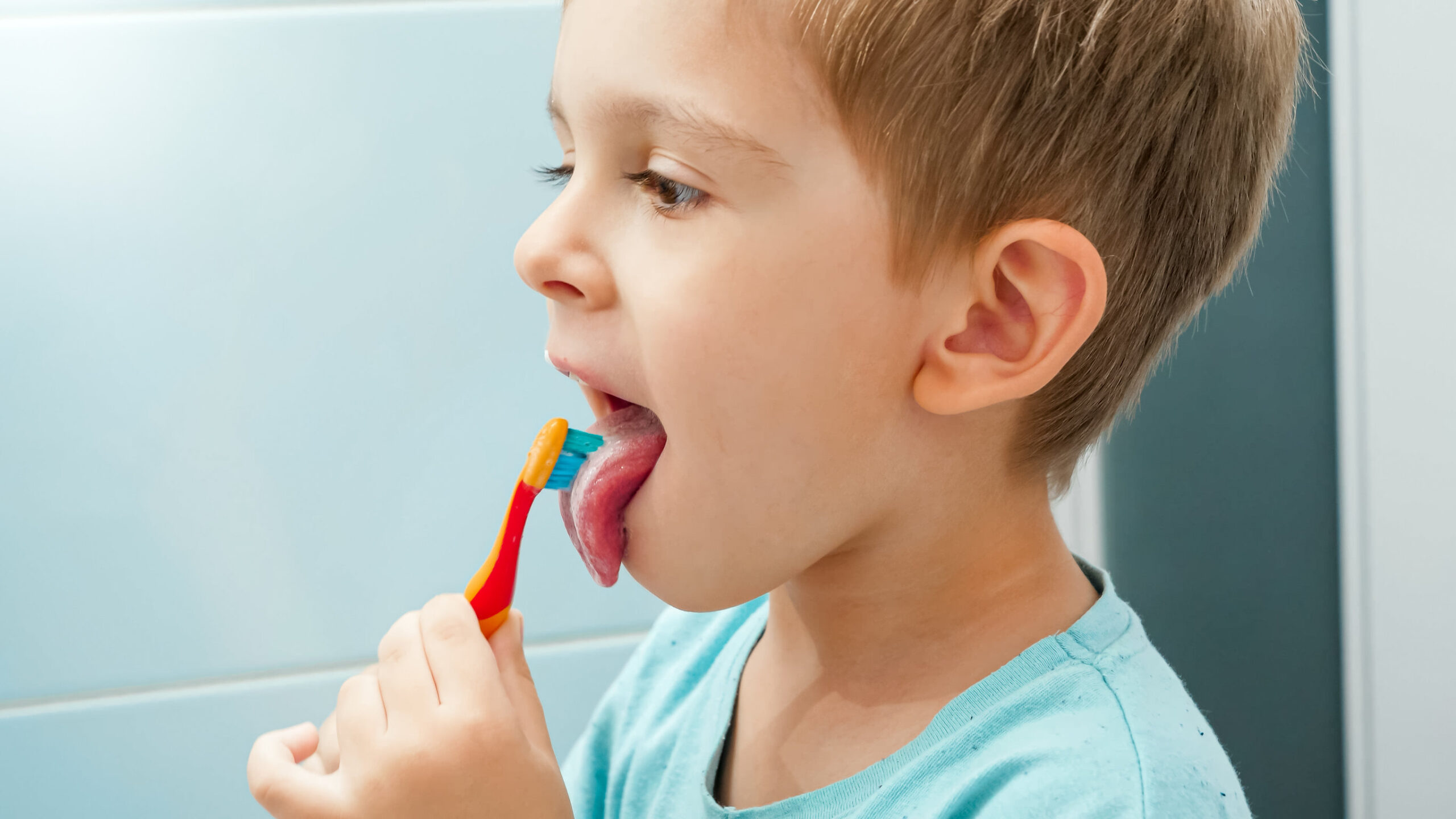
Do I Need to Brush my Tongue?
Posted on Aug 01, 2022
Yes! While you’re brushing your teeth, take a moment to clean your tongue also. Make sure you clean both the front AND back of your tongue. You can use the same toothbrush on both your teeth and tongue, or you can use a tongue scraper. A scraper is specially designed for the purpose and it’s an inexpensive drug store purchase. Rinse your mouth thoroughly with water after cleaning. Finishing off with mouthwash is an optional last step but should never be a substitute for brushing and scraping.
Removing bacteria from your tongue has important benefits:
– You’ll have healthier teeth and gums by removing the bacteria which cause plaque to form.
– You’ll have fresher breath.
– You’ll free up the tastebuds on your tongue, improving the taste of your food and helping you produce a healthy amount of saliva in return. This ultimately aids in digestion also.
– You’ll boost your immune system by removing harmful bacteria before it finds its way to other parts of your body. This is even more important when you’re sick.
Ready to book your next dental appointment at Discovery Smiles?
Call us at 520-721-2000.
Previous Blog Article
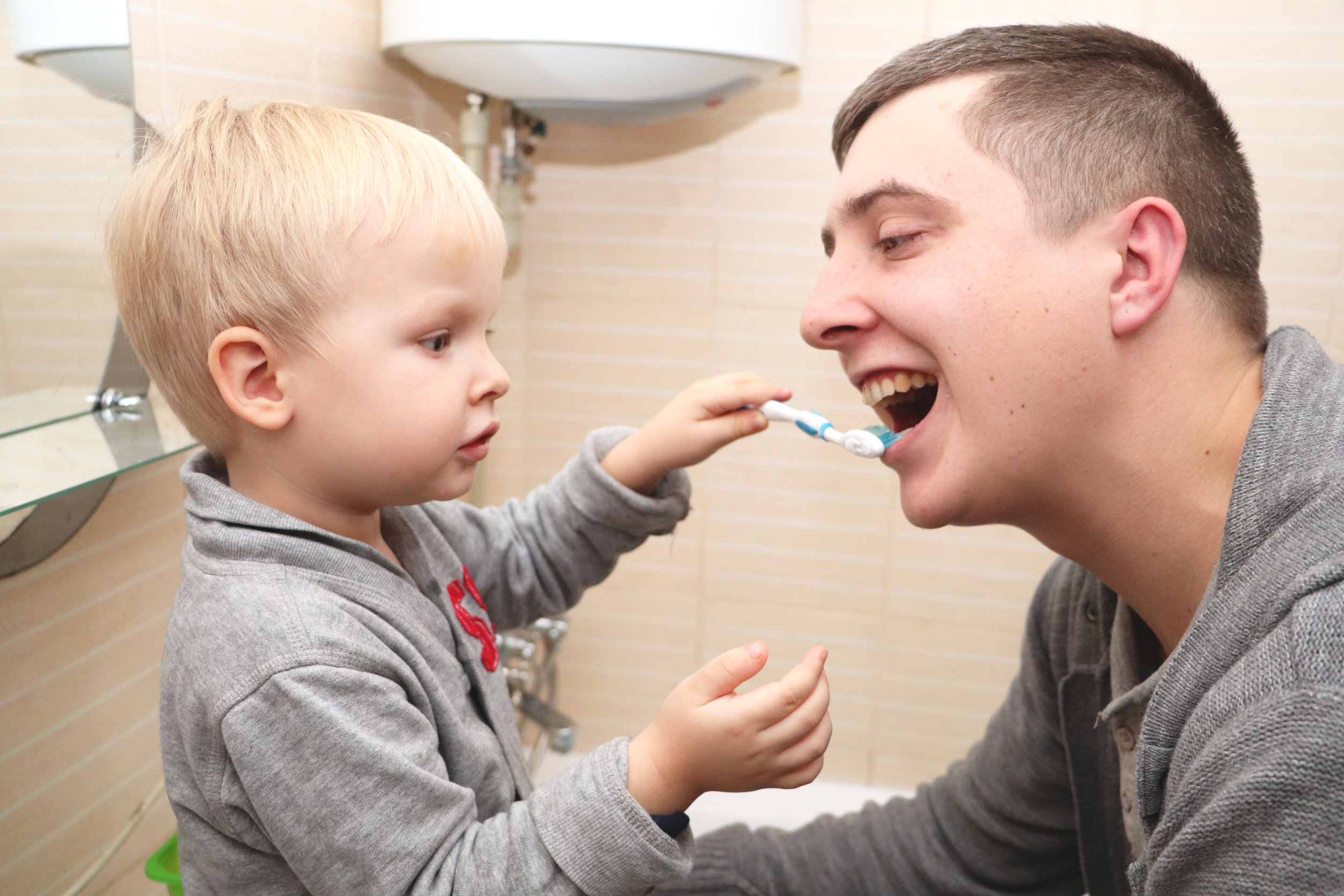
Tips for Teaching Kids to Brush
Posted on Jul 01, 2022
Making dental hygiene part of the daily routine is one of the best gifts you can give to your children. Start early by doing the cleaning yourself and gradually shift the responsibility to your child when he/she is ready.
Here are some tips:
1. Letting your child choose the brush is part of adding some fun to the task. Steer them towards brushes that are child-size and have soft bristles. Replace the brush with a new one about every 3 months.
2. Let them select the toothpaste also. There are many designed especially for kids in flavors they’ll enjoy using.
3. Show them the right amount of toothpaste to use. For kids under 3, smear an amount about the size of a grain of rice on the brush. Over 3, use an amount about the size of a pea.
4. Show your child how to hold the toothbrush against the gum line and gently brush at a 45-degree angle.
5. Start at the bottom of the tooth and work your way up.
6. Brush the top of the tooth with short, sweeping motions.
Total brushing time should be 2 minutes, twice a day. Use a timer, music, or any other method that works so your child learns how long a 2-minute brush routine should last.
7. Make sure your child brushes each tooth, even if it initially takes longer than 2 minutes.
8. Show your child the proper way to hold and use floss once a day. Use a different section of the floss for each tooth.
9. Don’t forget to teach the importance of brushing the tongue also, from back to front.
Other things you can do:
1. Set a good example by letting your child watch you brush your own teeth.
2. Let your child “play dentist” and practice the techniques on your own teeth.
3. Make sure your child has regular dental visits. These will get him/her used to seeing the dentist and his staff, and it will reinforce the good hygiene lessons you’ve been teaching.
4. Consistently provide positive messages about the importance of good dental hygiene.
Happy 4th of July from all of us at Discovery Smiles!
Previous Blog Article
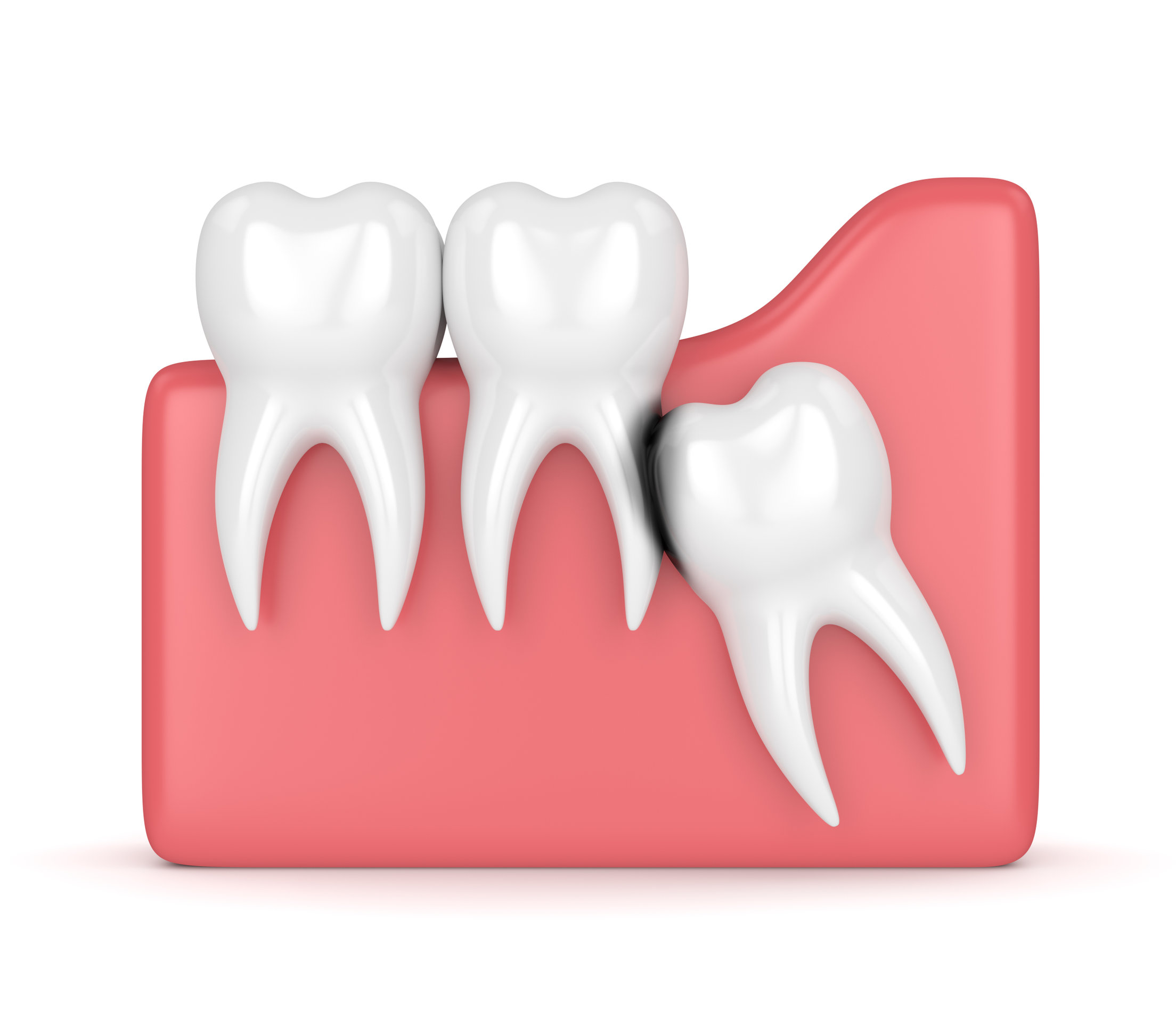
Do I Need My Wisdom Teeth?
Posted on Jun 01, 2022
Wisdom teeth are simply the 4 molars at the very back of your mouth. You have two on the top and two on the bottom. Adults have 8 additional molars in front of the wisdom teeth for a total of 12. Molars are important because they crush and grind your food, the first step in digestion.
Wisdom teeth are the last ones to come in, usually in a person’s late teens. Thus they’re associated with acquiring wisdom, though some parents might beg to differ!
Of all the teeth in your mouth, wisdom teeth are the most likely to cause problems because they often come in at an angle. They can be leaning such that only a portion of the wisdom tooth is visible above the gum. Sometimes they never break the surface of the gum at all, remaining hidden. These alignment or “impaction” issues may lead to infection, cavities, bone loss, or damage to nearby teeth. If you have a wisdom tooth causing any of these problems (or likely to do so in the future), the dentist may recommend that you have it removed.
Don’t worry! Losing one or more wisdom teeth is usually not a problem for most people with other healthy teeth. Your remaining molars will still allow you to chew and grind up your food very well!
Ready to book your next dental appointment at Discovery Smiles?
Call us at 520-721-2000.
Previous Blog Article

Do I need to replace a missing tooth?
Posted on May 01, 2022
If you’re 6, probably not. Nature will do that for you!
But if you’re an adult, here are some important reasons why you should consider replacing a lost tooth.
Each tooth helps to keep neighboring teeth properly aligned. When a tooth is missing, its neighbors will tend to migrate into the empty space left behind. This migration can cause problems such as top and bottom teeth no longer aligning. Your “bite” is impacted and you can no longer bite or chew efficiently. Ultimately, this also makes digestion less efficient as food is not properly prepared before you swallow it.
A tooth also provides a stimulus to the underlying jaw bone when you use it. When that stimulus is missing, you lose bone density in that area and your jaw becomes less firm and healthy.
You may also notice changes in the appearance of your face such as sagging skin. This is also due to changes in the jawbone, muscles and nerve stimulation.
Your teeth and tongue are integral parts of speech. A missing tooth can create a speech impediment.
Missing teeth have also been shown to have implications for mental health and social interactions. People report depression and low self esteem as consequences of missing teeth. Others may be quick to judge based on appearances, particularly in the job market.
Modern dentistry provides excellent options for replacing teeth. Bridges, dentures and implants can all give you something both durable and natural looking. Now THAT’S something to smile about!
Ready to book your next dental appointment at Discovery Smiles?
Call us at 520-721-2000.
Previous Blog Article
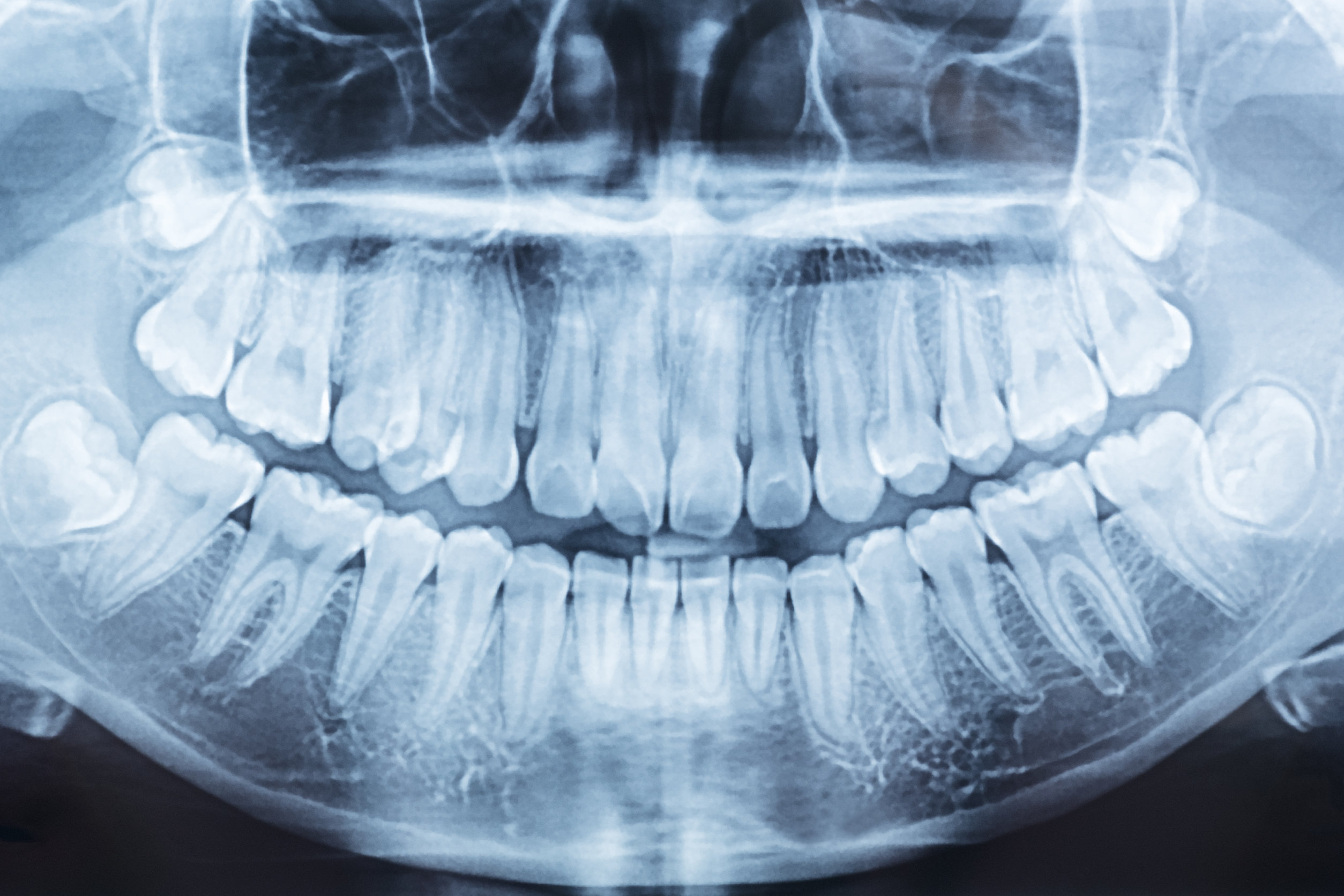
What is a panoramic dental x-ray?
Posted on Apr 01, 2022
A panoramic dental x-ray captures a picture of your entire mouth in one image. It differs from traditional dental x-rays in that no film is placed inside your mouth. Instead, the film is located inside the panoramic x-ray machine which moves around your head from one side to the other. A panoramic x-ray requires no special preparation on your part, and it’s painless and fast.
Because a panoramic x-ray captures “the big picture,” it’s often useful for those considering braces, dentures and implants. It also has another advantage in that it can reveal dental and medical problems such as advanced periodontal disease, disorders of the jaw including cysts and tumors, impacted teeth, oral cancer and sinusitis.
But panoramic x-rays don’t always capture all the details of individual teeth. For that, x-rays taken with film inside the mouth are still an excellent tool for diagnosing problems and planning treatment.
Panoramic x-rays, as with other x-rays, are generally not given to women who are, or may be, pregnant. But they may be a good option for small children since the film doesn’t have to be placed inside the mouth.
Ready to book your next dental appointment at Discovery Smiles?
Call us at 520-721-2000.
 Call us
Call us